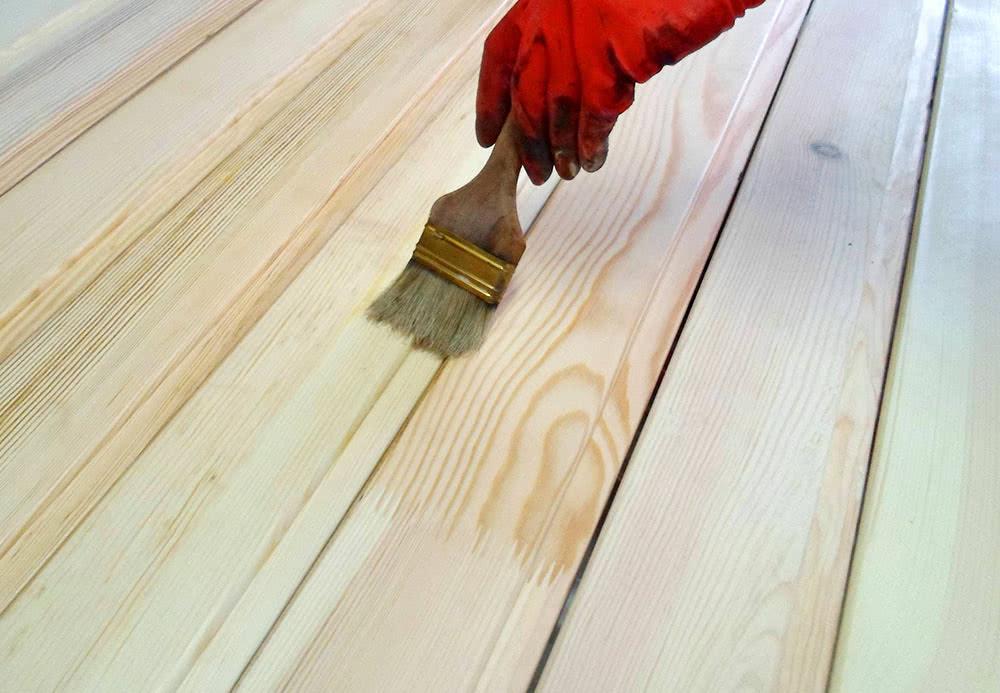Inquire
Wood Preservatives Coatings Market Developments Creating Opportunities in Residential, Commercial, and Industrial Sectors

The global wood preservatives coatings market is witnessing dynamic transformations driven by sustainability goals, construction growth, and technological innovations. With increasing demand for durable, weather-resistant, and eco-friendly solutions, the sector is evolving to meet modern consumer expectations and stringent environmental regulations. These developments are not only reshaping manufacturing processes but also influencing downstream applications in residential, commercial, and industrial sectors.
Expanding Applications Across Industries
One of the most significant developments in the wood preservatives coatings market is its widening scope of applications. Traditionally used for structural and decorative wood protection, these coatings are now gaining relevance in:
-
Residential Construction: Rising urbanization and housing demand are fueling the use of treated wood in decking, siding, and flooring. Consumers seek coatings that enhance wood durability while offering appealing finishes.
-
Commercial Infrastructure: Hotels, resorts, and office complexes rely on wood coatings for aesthetic longevity, particularly in outdoor spaces such as patios and landscaping structures.
-
Furniture Manufacturing: The furniture industry is increasingly adopting coatings with protective and decorative properties, responding to consumer demand for premium and eco-friendly products.
-
Industrial Applications: Packaging materials, marine docks, and agricultural fencing require coatings that offer resistance against moisture, pests, and UV radiation.
The ability of preservatives and coatings to enhance lifecycle performance positions them as indispensable in extending the utility of wood-based products across industries.
Sustainability as a Market Driver
A notable development shaping the industry is the accelerated shift toward sustainable and environmentally compliant coatings. Rising awareness of harmful effects of chemicals like creosote, arsenic-based compounds, and VOC-heavy finishes has led to stricter regulatory oversight.
Manufacturers are responding by:
-
Formulating Bio-based Preservatives: Innovations are focusing on plant-derived additives that minimize ecological impact without compromising effectiveness.
-
Low-VOC and Waterborne Coatings: Demand for water-based solutions is growing rapidly due to lower emissions and easier application processes.
-
Recyclable and Circular Economy Practices: Companies are integrating sustainability into the supply chain, including recyclable packaging and waste minimization strategies.
These eco-friendly solutions are not only regulatory-compliant but also appeal to environmentally conscious consumers, making sustainability a long-term growth accelerator.
Technological Advancements in Coating Formulations
Recent years have seen notable progress in coating technologies, enabling manufacturers to improve product efficiency and performance. Key innovations include:
-
Nanotechnology Integration: Nanocoatings offer superior water repellency, UV protection, and enhanced adhesion, extending wood’s lifespan significantly.
-
Hybrid Formulations: Combining synthetic and natural polymers enhances resistance against microbial degradation while maintaining eco-friendly properties.
-
Smart Coatings: Some research and development projects are focused on coatings that can self-heal minor cracks or change color in response to weather conditions, improving both functionality and aesthetics.
These developments reflect the industry’s emphasis on value-added coatings that provide more than just protection—delivering multifunctional benefits that appeal to end-users.
Regional Developments in Market Growth
Geographically, the market is evolving differently across regions:
-
North America and Europe: Regulatory restrictions on hazardous preservatives are accelerating adoption of eco-friendly and high-performance alternatives. These regions are also witnessing demand from renovation and outdoor living trends.
-
Asia-Pacific: Rapid urbanization, infrastructure growth, and rising disposable incomes in countries like India and China are boosting demand for treated wood products, making APAC a hotspot for future growth.
-
Latin America and Africa: Increased focus on agriculture and forestry-based industries is creating opportunities for protective coatings, particularly in fencing, warehouses, and marine structures.
Regional developments highlight how diverse market dynamics, from stringent regulation to growing construction demand, are shaping the global landscape.
Competitive Landscape and Strategic Shifts
Industry players are actively adopting strategies to maintain competitive advantage in this evolving market. Notable trends include:
-
Mergers and Acquisitions: Companies are consolidating to expand product portfolios and geographic presence.
-
R&D Investments: Innovation pipelines are strengthening to deliver sustainable, high-performance formulations.
-
Collaborations with Construction Firms: Partnerships are helping manufacturers align products with end-user requirements, particularly in green building projects.
-
Digital Marketing and E-commerce Expansion: Online sales channels are increasingly leveraged to reach residential DIY customers and small-scale contractors.
These strategic initiatives indicate how companies are adapting to both market opportunities and regulatory pressures.
Future Outlook and Opportunities
Looking ahead, the wood preservatives coatings market is expected to witness accelerated innovation and adoption. Some promising opportunities include:
-
Smart Cities and Sustainable Architecture: As urban projects emphasize green construction, demand for eco-friendly wood coatings will rise.
-
Customized Coatings: Growing consumer interest in personalized aesthetics may drive demand for coatings with varied finishes, textures, and colors.
-
Integration with Digital Tools: Virtual visualization platforms could help customers preview wood finishes before purchase, enhancing engagement and decision-making.
The future of this industry lies in its ability to balance functionality, sustainability, and innovation—factors that will drive long-term competitiveness.
Conclusion
The wood preservatives coatings market is undergoing profound developments driven by sustainability imperatives, advanced formulations, and expanding applications. From bio-based preservatives to nanotechnology-enhanced coatings, innovation is setting the tone for the future. As global construction and infrastructure projects rise, these coatings will play a pivotal role in ensuring durability, aesthetics, and environmental compliance. For industry stakeholders, staying ahead of regulatory trends and consumer preferences will be essential to capture growth in this evolving market landscape.
- Managerial Effectiveness!
- Future and Predictions
- Motivatinal / Inspiring
- Other
- Entrepreneurship
- Mentoring & Guidance
- Marketing
- Networking
- HR & Recruiting
- Literature
- Shopping
- Career Management & Advancement


 SkillClick
SkillClick